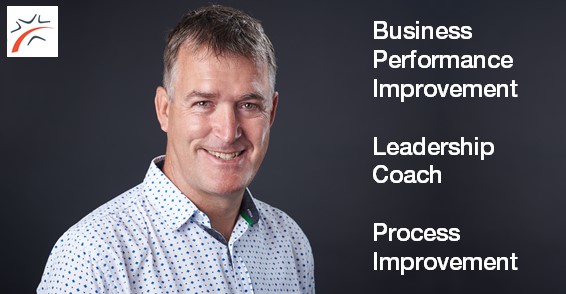The dilemma of being busy
Specialists within the construction industry are experiencing a time of great opportunity.
Housing shortages, predominantly in and around Auckland and surrounding districts, continue to drive demand for new dwellings.
As house prices remain high, homeowners are taking advantage of increased equity and lower interest rates; they’re choosing to invest in their current property rather than try to move further up the property ladder.
I see many companies within the joinery sector who are prospering as a result of this, breaking all previous records in fact. However, I also see other businesses who, despite enjoying an upsurge in orders, are still not producing satisfactory returns or whose owners are struggling with their work/life balance.
Business dilemmas
One of the problems of being so busy is that you can be driven by what’s going on externally rather steering your own carefully planned course.
Even with the 5 Ps (prior planning prevents poor performance) it can be tough to make and keep promises to customers. Especially as the building industry is acknowledged to be in the danger zone (ie: running at 80%+ capacity) and with supply lead-times increasing month by month.
There’s also the predicament of feast or famine felt by smaller businesses in particular. It’s tempting to say “yes” to every job that comes through the door, without giving it due consideration.
Over commitment can result in broken promises and a poor customer service experience. That’s when the stress kicks in.
Customer expectations
Customers don’t care how busy you are. They want high quality regardless, and not just excellent products, but outstanding service too.
Companies who consistently deliver both are achieving premium prices and increasing the value of their business.
The double whammy
It’s worth noting that a 2014 US study by American Express not only found that more customers talk about their poor service experiences than their positive ones (60% compared to 41%) but that they’re also likely to tell more people: an average of 21 compared to 8.
So, how do you ensure great outcomes – for your customers and your business?
Focus on these 4 key competencies
- Identify who are your current “A Class” clients. They should be your priority. Value them and make sure they feel valued. Loyal customers can refer similar clients to you, and are willing to spend more with you.
- Be clear on where you are heading – this quarter, this year and for the next 3-5 years. Write this down and refer to it daily. Maybe pin it up somewhere prominent. This will fuel your thoughts, and guide your decisions and actions, keeping you on track.
- Understand your capacity, and improve your planning processes. Being realistic will help you make promises which you can deliver.
- Don’t let your suppliers and contractors be your undoing. Monitor supply performance from key partners, to ensure your entire supply chain can deliver an exemplary customer experience from start to finish.





